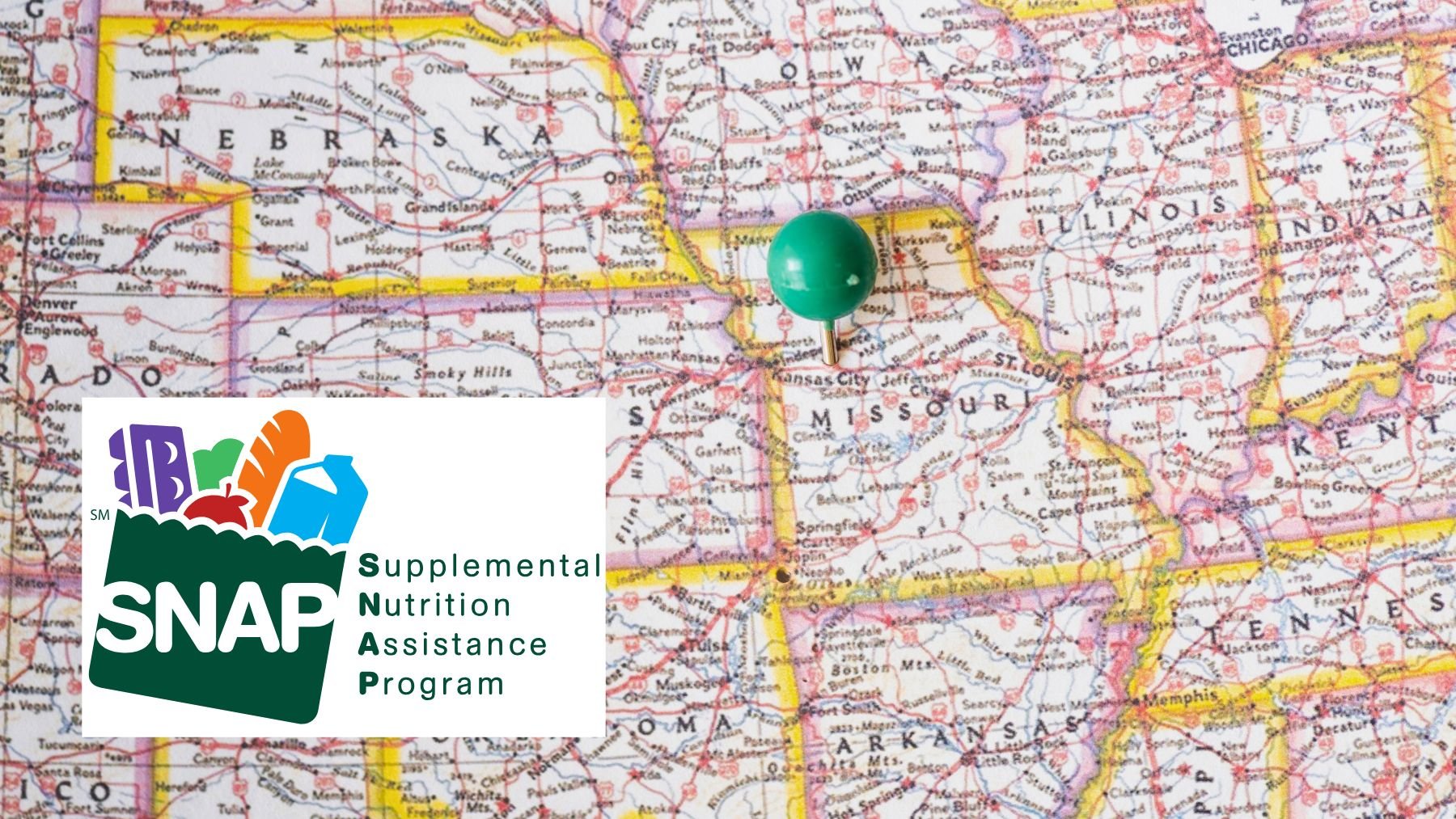The latest data shows major differences across the country in how Americans rely on food assistance. Some states have more than one in five residents depending on the Supplemental Nutrition Assistance Program (SNAP), while others report only a small share using benefits.
SNAP, run by the U.S. Department of Agriculture, supports about 42 million people every month. It’s the nation’s largest food aid program, providing funds through Electronic Benefit Transfer (EBT) cards to help families buy groceries. With the government shutdown disrupting regular funding, it has drawn more attention to how unevenly it’s used across states. Here’s where food stamp dependency is highest, and where it’s lowest.
States most dependent on food stamps
New Mexico ranks first in the nation for SNAP participation, with 21.5% of its residents receiving benefits—roughly double the U.S. average. The state distributes more than $80 million in monthly aid, averaging about $176 per person. Persistent poverty rates, limited job opportunities, and rural isolation contribute to the state’s heavy reliance on the program.
Oregon follows close behind, with 18.1% of residents enrolled. Louisiana, Oklahoma, and West Virginia also appear near the top of the list, each with over 15% of their populations receiving benefits. In many of these states, higher unemployment and long-term economic challenges keep participation rates elevated.
The story is different in coastal and urban areas, where the average benefit amounts are higher because of the steep living costs. New York residents, for example, receive about $218 a month on average. Massachusetts reports similar numbers, with $215 per person. Hawaii tops the chart in payment size, reaching roughly $362 a month due to its higher cost of food and housing.
California, Pennsylvania, and Illinois also account for large numbers of beneficiaries—each serving more than a million households. Together, these states distribute hundreds of millions of dollars in food assistance every month. While benefit levels vary, the overall pattern shows that both rural and urban states face their own types of food insecurity, shaped by housing costs, job markets, and access to affordable groceries.
States least dependent on food stamps
At the other end of the spectrum, Wyoming reports the lowest SNAP participation rate in the country at just 4.6%. Utah follows closely at 5.1%, and New Hampshire at 5.4%. These states typically have stronger job markets, lower poverty rates, and smaller populations, which helps explain the lower reliance on federal food aid.
Still, even in these low-dependency states, SNAP remains essential for many residents. Utah distributes around $34 million in benefits every month to more than 170,000 people. That shows how broad the program’s reach is, even where participation rates are low.
Across the Midwest, benefit amounts also tend to be smaller. In Wisconsin and Minnesota, the average payment per person is under $165, reflecting lower food and housing costs. Yet local food banks and advocacy groups say the need is still there, especially as prices for groceries and utilities continue to rise.
The program has long been a lifeline for millions of Americans, bridging the gap between wages and rising living costs. As the federal government works through the ongoing shutdown, SNAP’s future funding remains a key issue.

